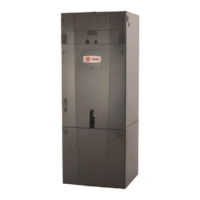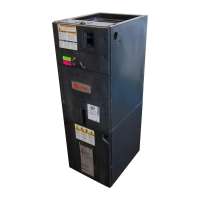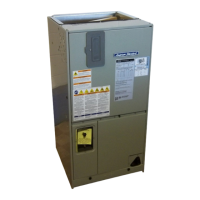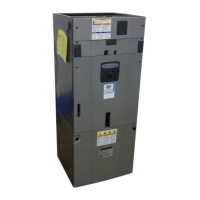BCX-SVX002A-EN
75
Figure 72. Receiver conducts 20 second channel
scan
After the channel scan is finished, LED3 begins blinking
(one-blink pattern) to show that the receiver is ready to be
associated with a sensor. (See Figure 73, p. 75)
Figure 73. LED3 blinks after channel scan to show
receiver is ready
Associating Sensor to Receiver
To associate the sensor to the receiver:
1. Remove the sensor cover by firmly pressing the thumb
tab at the bottom of the cover and pulling the cover
away from the back plate.
2. Verify that the sensor is set to the same address as the
receiver it is to be associated with.
3. Power the sensor by removing the insulation strip from
between the two batteries. See the following figure.
Figure 74. Power sensor by removing insulation strip
Association is automatically initiated between the
sensor and the receiver. When LED3 on the receiver
stops blinking, association has been established.
If the first association attempt is unsuccessful, the
sensor automatically re-attempts association with the
receiver every 10 minutes.
Note: An associated sensor that has lost communication
with the receiver will transmit an association request
every 50 minutes. You can manually initiate
association (see “Manual Association,” p. 129).
Testing Signal Strength and Battery
To verify that the association process was successful and
that the batteries have adequate charge:
1. Firmly press and release the Test button on the bottom
of the sensor as illustrated in Figure 75, p. 76.
2. For model WZS, view LED1, LED2, and LED3 to
determine the signal strength. View LED5 to determine
the battery status (see Figure 75, p. 76 for model WZS
sensors).
Note: The LEDs will turn Off after 5 seconds to conserve
battery strength.
Installation - Controls
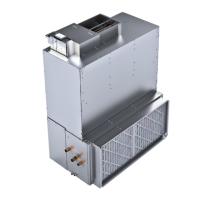
